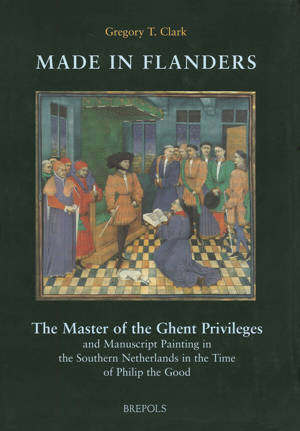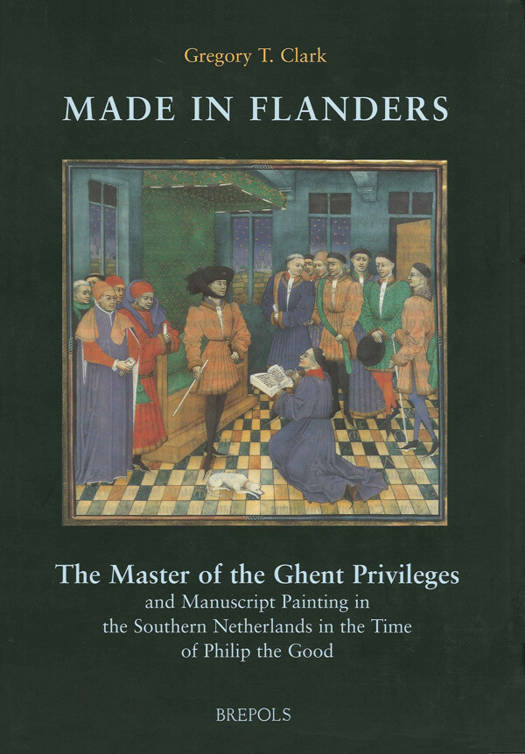
- Retrait gratuit dans votre magasin Club
- 7.000.000 titres dans notre catalogue
- Payer en toute sécurité
- Toujours un magasin près de chez vous
- Retrait gratuit dans votre magasin Club
- 7.000.0000 titres dans notre catalogue
- Payer en toute sécurité
- Toujours un magasin près de chez vous
Made in Flanders
The Master of the Ghent Privileges and Manuscript Painting in the Southern Netherlands in the Time of Philip the Good
G Clark
Livre relié | Anglais
144,15 €
+ 288 points
Description
The subject of this monograph is the prolific mid-fifteenth-century Flemish book illuminator whom Friedrich Winkler first identified and named in 1915 after a richly decorated copy of the statutes and privileges of Ghent and Flanders made for Philip the Good, duke of Burgungy (Vienna, Ost. National-bibl., Cod.2583). While no fewer than 15 codices and cuttings have been ascribed to the painter in the 80 years since Winkler's pioneering essay, there has been no published effort to date to order, analyze, and evaluate the work of the Ghent Privileges Master in the larger context of the history and arts of the Burgundian Netherlands. The monograph's essay is divided into five chapters. The first caracterizes the style of the Vienna Privileges itself and then carefully trace its origins and development. Compositional and iconographic sources, innovations, and problems are identified and analyzed in the second chapter; ancillary decoration -especially decorated initials and floral borders- are described and localized and collaborating miniaturists identified in the third. In the fourth chapter the stylistic evidence obtained in the first three chapters is joint together with that provided by texts and provenances in order to date and localize the subject books and leaves. The final chapter positions those codices and cuttings in the larger context of Flemish illumination in the time of Philip the Good. Following the essay are 334 figures and 141 comparative illustrations and a catalogue raisonne of 30 books and 24 leaves in the Privileges style. A decisive majority of the figures and illustrations have never before been reproduced in the scholarly literature; the physical characteristics, texts, miniatures, provenance, and bibliography of each codex and cutting are described in full detail in the catalogue. Following the latter are appendices that provide the readings and textual authorities for the Hours of the Virgin.
Spécifications
Parties prenantes
- Auteur(s) :
- Editeur:
Contenu
- Nombre de pages :
- 500
- Langue:
- Anglais
Caractéristiques
- EAN:
- 9782503508788
- Date de parution :
- 20-03-00
- Format:
- Livre relié
- Format numérique:
- Genaaid
- Dimensions :
- 218 mm x 304 mm
- Poids :
- 2081 g

Les avis
Nous publions uniquement les avis qui respectent les conditions requises. Consultez nos conditions pour les avis.






